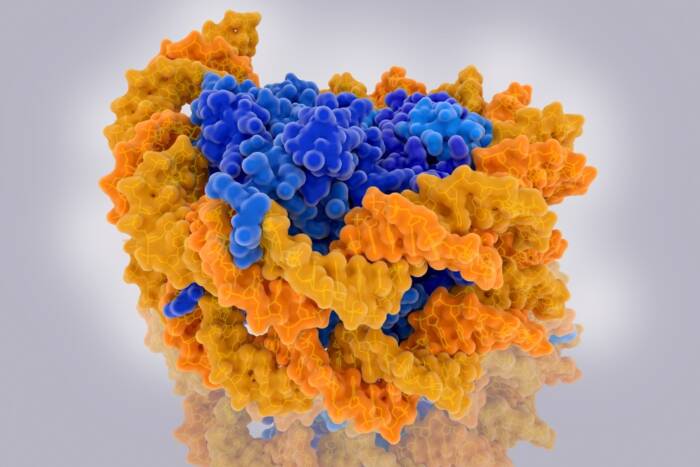Joanna Louise Spencer*
B.A., Yale University
Physiological Effects of Estradiol in the Mouse Hippocampal Formation
presented by Bruce S. McEwen
Joanna Spencer graduated from Yale in 2003 and entered the Tri-Institutional M.D.-Ph.D. Program in that same year. In her application to the program, she expressed an interest in doing research on “cancer or neurodegenerative diseases,” but she also wrote that “my interest in signaling molecules was piqued during my junior year by discussions of reproductive endocrinology in a biology of reproduction course at Yale.” Little did she realize that this latter statement would be prophetic, since her Ph.D. thesis deals with signaling molecules in the brain that mediate the actions of the hormone estradiol on processes in the hippocampus that are involved in synapse formation, memory and protection of nerve cells from damage.
Joanna’s thesis research was based upon two lines of work in our laboratory: first, the discovery that estradiol, as well as other steroid hormones, not only works via receptors in the cell nucleus that regulate gene expression, but also acts near the cell surface and in the cytoplasm to cause chemical changes on molecules that stimulate (i.e., signal) key cellular events such as protein synthesis, neurotransmitter release, reorganization of the cytoskeleton and synapse formation; second, the finding that these “nongenomic” actions of estradiol and the receptors that mediate them exist in many, if not most, areas of the brain, including brain regions like the hippocampus that are involved in cognitive function as well as mood. Indeed, we previously discovered that estradiol stimulates the formation of new synaptic connections in the hippocampus of the female brain.
What Joanna accomplished, working with postdoctoral fellow Elizabeth Waters and with our collaborator at Weill Cornell Medical College, Teresa Milner, was two-fold. First, she established the role of estradiol in a mouse model in regulating two key signaling pathways: one, called Akt, that is linked to neuroprotection and also to protein synthesis; and the other, the TrkB receptor, that is linked to neuroprotection as well as structural changes such as synapse formation. Joanna went on to study a common human genetic variant in the molecule BDNF, which stimulates the TrkB receptor. To do this, she used a mouse model established by another Weill Cornell scientist, Francis Lee. In strains of mice carrying one or the other of the two genetic variants of BDNF, Joanna found that while estradiol was effective in stimulating the signaling pathways in both genotypes, there were important differences in how these pathways operated during the natural ovarian cycle, including the level of anxiety and memory functions that these two strains of mice displayed. Both differences recapitulate some of the features of mood and memory functions in women with the two genetic variants of BDNF. These findings are attacting considerable attention and being applied by scientists at the National Institute of Mental Health to better understand premenstrual mood disorders.



